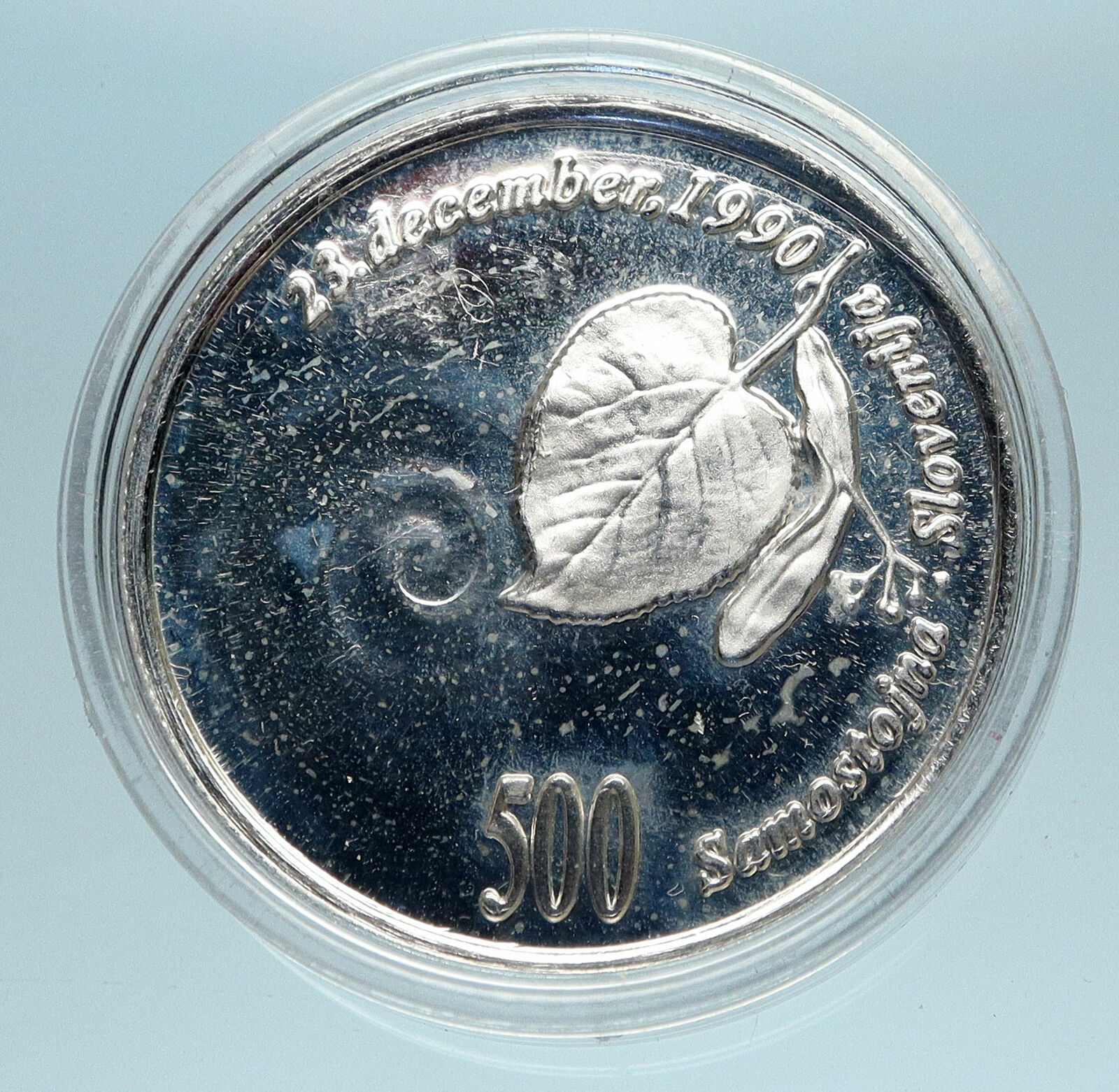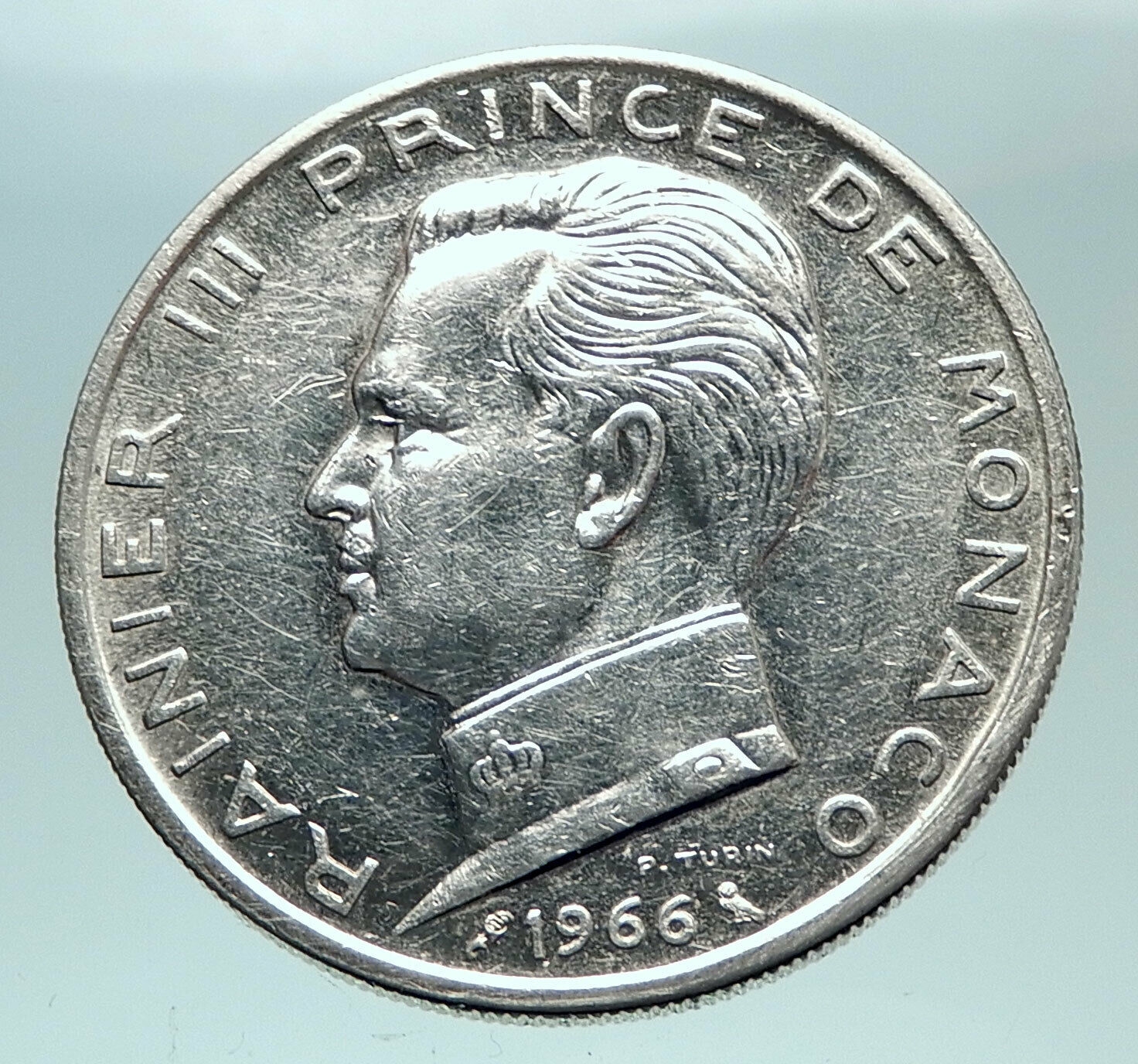|
Armenia – Noah’s Ark Commemorative
2014 Proof Silver 500 Dram 38.6mm (31.10 grams) 0.999 Silver (0.9999 oz. ASW)
Reference: KM# 196 (2011-21)
• ՀԱՅԱՍՏԱՆԻ ՀԱՆՐԱՊԵՏՈՒԹՅՈՒՆ • REPUBLIC OF ARMENIA ½ Oz Ag 999 500 ԴՐԱՄ•DRAM, National Coat of Aarms centre, denomination below, date bottom.
• ՆՈՅՅԱՆ ՏԱՊԱՆ • NOAH’S ARK • Dove flying with olive branch in beak, Noah’s Ark on the water, a stylized image of Mount Ararat and sunrise background.
You are bidding on the exact item pictured, provided with a Certificate of Authenticity and Lifetime Guarantee of Authenticity.
 Noah’s Ark (Hebrew: תיבת נח; Biblical Hebrew: Tevat Noaḥ) is the vessel in the Genesis flood narrative (Genesis chapters 6-9) through which God spares Noah, his family, and examples of all the world’s animals from a world-engulfing flood. The story in Genesis is repeated, with variations, in the Quran, where the ark appears as Safina Nūḥ (Arabic: سفينة نوح “Noah’s boat”). Noah’s Ark (Hebrew: תיבת נח; Biblical Hebrew: Tevat Noaḥ) is the vessel in the Genesis flood narrative (Genesis chapters 6-9) through which God spares Noah, his family, and examples of all the world’s animals from a world-engulfing flood. The story in Genesis is repeated, with variations, in the Quran, where the ark appears as Safina Nūḥ (Arabic: سفينة نوح “Noah’s boat”).
Searches for Noah’s Ark have been made from at least the time of Eusebius (c. 275-339 CE), and believers in the Ark continue to search for it in modern times. Many searches have been mounted for the ark, but no confirmable physical proof of the ark has ever been found. There is no scientific evidence that Noah’s Ark existed as it is described in the Bible, nor is there evidence in the geologic record for the biblical global flood.
Description
The structure of the ark (and the chronology of the flood) are homologous with the Jewish Temple and with Temple worship. Accordingly, Noah’s instructions are given to him by God (Genesis 6:14-16): the ark is to be 300 cubits long, 50 cubits wide, and 30 cubits high. These dimensions are based on a numerological preoccupation with the number sixty, the same number characterising the vessel of the Babylonian flood-hero. Its three internal divisions reflect the three-part universe imagined by the ancient Israelites: heaven, the earth, and the underworld. Each deck is the same height as the Temple in Jerusalem, itself a microcosmic model of the universe, and each is three times the area of the court of the tabernacle, leading to the suggestion that the author saw both ark and tabernacle as serving for the preservation of human life. It has a door in the side, and a tsohar, which may be either a roof or a skylight. It is to be made of Gopher wood a word which appears nowhere else in the Bible – and divided into qinnim, a word which always refers to birds’ nests elsewhere in the Bible, leading some scholars to emend this to qanim, reeds. The finished vessel is to be smeared with koper, meaning pitch or bitumen: in Hebrew the two words are closely related, kaparta (“smeared”) … bakopper.
Armenia is a country in the South Caucasus region of Eurasia. Located in Western Asia on the Armenian Highlands, it is bordered by Turkey to the west, Georgia to the north, the de facto independent Republic of Artsakh and Azerbaijan to the east, and Iran and Azerbaijan’s exclave of Nakhchivan to the south.
Armenia is a unitary, multi-party, democratic nation-state with an ancient cultural heritage. Urartu was established in 860 BC and by the 6th century BC it was replaced by the Satrapy of Armenia. The Kingdom of Armenia reached its height under Tigranes the Great in the 1st century BC and became the first state in the world to adopt Christianity as its official religion in the late 3rd or early 4th century AD. The official date of state adoption of Christianity is 301.  The ancient Armenian kingdom was split between the Byzantine and Sasanian Empires around the early 5th century. Under the Bagratuni dynasty, the Bagratid Kingdom of Armenia was restored in the 9th century. Declining due to the wars against the Byzantines, the kingdom fell in 1045 and Armenia was soon after invaded by the Seljuk Turks. An Armenian principality and later a kingdom Cilician Armenia was located on the coast of the Mediterranean Sea between the 11th and 14th centuries. The ancient Armenian kingdom was split between the Byzantine and Sasanian Empires around the early 5th century. Under the Bagratuni dynasty, the Bagratid Kingdom of Armenia was restored in the 9th century. Declining due to the wars against the Byzantines, the kingdom fell in 1045 and Armenia was soon after invaded by the Seljuk Turks. An Armenian principality and later a kingdom Cilician Armenia was located on the coast of the Mediterranean Sea between the 11th and 14th centuries.
Between the 16th and 19th centuries, the traditional Armenian homeland composed of Eastern Armenia and Western Armenia came under the rule of the Ottoman and Iranian empires, repeatedly ruled by either of the two over the centuries. By the 19th century, Eastern Armenia had been conquered by the Russian Empire, while most of the western parts of the traditional Armenian homeland remained under Ottoman rule. During World War I, Armenians living in their ancestral lands in the Ottoman Empire were systematically exterminated in the Armenian Genocide. In 1918, following the Russian Revolution, all non-Russian countries declared their independence after the Russian Empire ceased to exist, leading to the establishment of the First Republic of Armenia. By 1920, the state was incorporated into the Transcaucasian Socialist Federative Soviet Republic, and in 1922 became a founding member of the Soviet Union. In 1936, the Transcaucasian state was dissolved, transforming its constituent states, including the Armenian Soviet Socialist Republic, into full Union republics. The modern Republic of Armenia became independent in 1991 during the dissolution of the Soviet Union.
Armenia recognises the Armenian Apostolic Church, the world’s oldest national church, as the country’s primary religious establishment.[21][22] The unique Armenian alphabet was invented by Mesrop Mashtots in 405 AD.
Armenia is a member of the Eurasian Economic Union, the Council of Europe and the Collective Security Treaty Organization. Armenia supports the de facto independent Republic of Artsakh, which was proclaimed in 1991.
|





 Noah’s Ark (Hebrew: תיבת נח; Biblical Hebrew: Tevat Noaḥ) is the vessel in the Genesis flood narrative (Genesis chapters 6-9) through which God spares Noah, his family, and examples of all the world’s animals from a world-engulfing flood. The story in Genesis is repeated, with variations, in the Quran, where the ark appears as Safina Nūḥ (Arabic: سفينة نوح “Noah’s boat”).
Noah’s Ark (Hebrew: תיבת נח; Biblical Hebrew: Tevat Noaḥ) is the vessel in the Genesis flood narrative (Genesis chapters 6-9) through which God spares Noah, his family, and examples of all the world’s animals from a world-engulfing flood. The story in Genesis is repeated, with variations, in the Quran, where the ark appears as Safina Nūḥ (Arabic: سفينة نوح “Noah’s boat”).  The ancient Armenian kingdom was split between the Byzantine and Sasanian Empires around the early 5th century. Under the Bagratuni dynasty, the Bagratid Kingdom of Armenia was restored in the 9th century. Declining due to the wars against the Byzantines, the kingdom fell in 1045 and Armenia was soon after invaded by the Seljuk Turks. An Armenian principality and later a kingdom Cilician Armenia was located on the coast of the Mediterranean Sea between the 11th and 14th centuries.
The ancient Armenian kingdom was split between the Byzantine and Sasanian Empires around the early 5th century. Under the Bagratuni dynasty, the Bagratid Kingdom of Armenia was restored in the 9th century. Declining due to the wars against the Byzantines, the kingdom fell in 1045 and Armenia was soon after invaded by the Seljuk Turks. An Armenian principality and later a kingdom Cilician Armenia was located on the coast of the Mediterranean Sea between the 11th and 14th centuries. 




